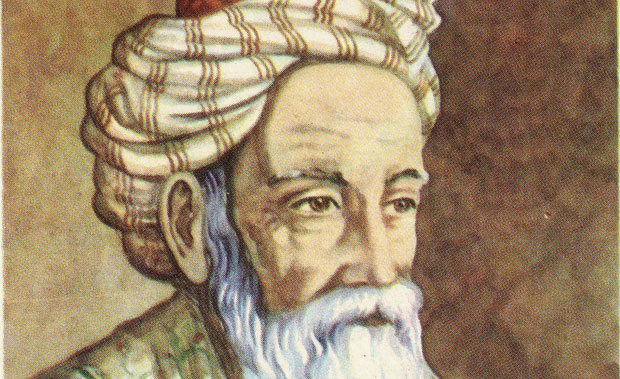The young Omar was an avid student and quickly became skilled in mathematics, astronomy, and philosophy. He spent most of his life in Persian intellectual centers such as Samarkand and Bukhara and enjoyed the favor of the Seljuk sultans who ruled the region.
Khayyam wrote several works including Problems of Arithmetic, a book on music and one on algebra before he was 25 years old.
In 1070 he moved to Samarkand in Uzbekistan, which is one of the oldest cities of Central Asia. There, Khayyam was supported by Abu Tahir, a prominent jurist of Samarkand, and this allowed him to write his most famous algebra work, Treatise on Demonstration of Problems of Algebra.

Khayyam’s “Astronomical” Achievements
Toghril Beg, the founder of the Seljuk dynasty, had made Esfahan the capital of his domains and his grandson, Malik-Shah Jalal al-Din, had ruled there since 1073.
An invitation was sent to Khayyam from Malik-Shah and from his vizier, Nizam al-Mulk, asking Khayyam to go to Esfahan to set up an observatory there.
Other leading astronomers were also brought to the observatory in Esfahan, and for 18 years Khayyam led the scientists and produced work of outstanding quality.
It was a period of peace during which the political situation allowed Khayyam to devote himself to his scholarly work.
During this time Khayyam led work on compiling astronomical tables and he also contributed to calendar reform in 1079. It was to be his greatest achievement.
Developed in response to the Seljuk sultan’s need for a new schedule for revenue collection, Khayyam’s calendar, called Al-Tarikh-al-Jalali after the sultan, was even more accurate than the Gregorian calendar presently used in most of the world. The Jalali calendar had an error of one day in 3770 years, while the Gregorian has an error of one day in 3330 years.
Khayyam measured the length of one year as 365.24219858156 days, which is remarkably accurate. It has since been discovered that the number changes in the 6th decimal place over a person’s lifetime.
For comparison of Khayyam’s accuracy, the length of year at the end of the 19th century was 365.242196 days. Today it is 365.242190.
Although the calendar project was canceled upon Malik-Shah’s death in 1092, the Jalali calendar has survived. It is still used in parts of Iran and Afghanistan today.
Click to read more…
Pages: 1 2 3
